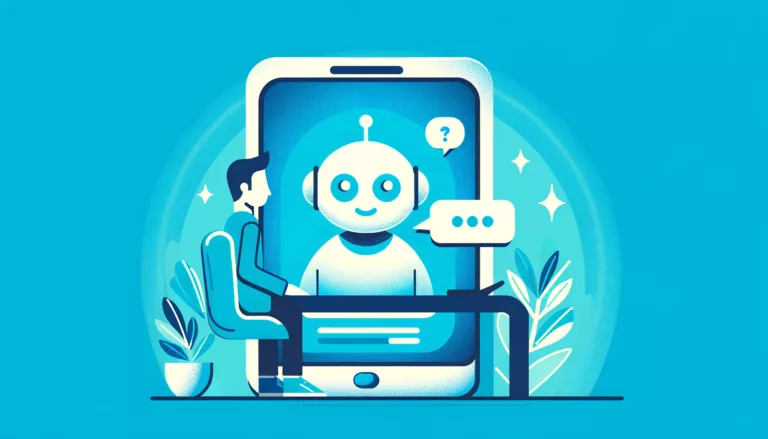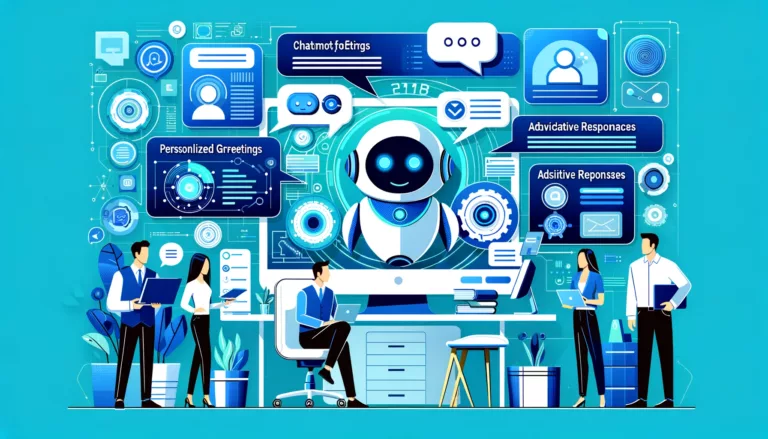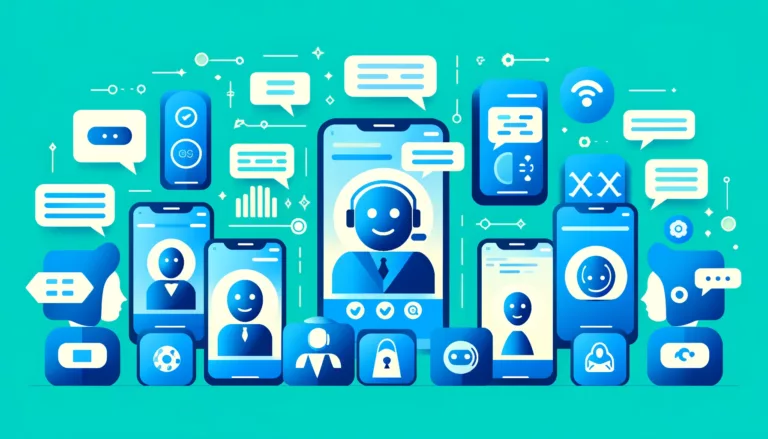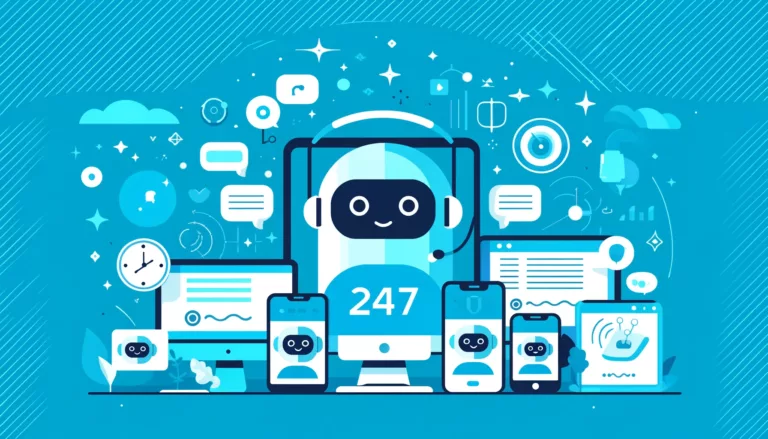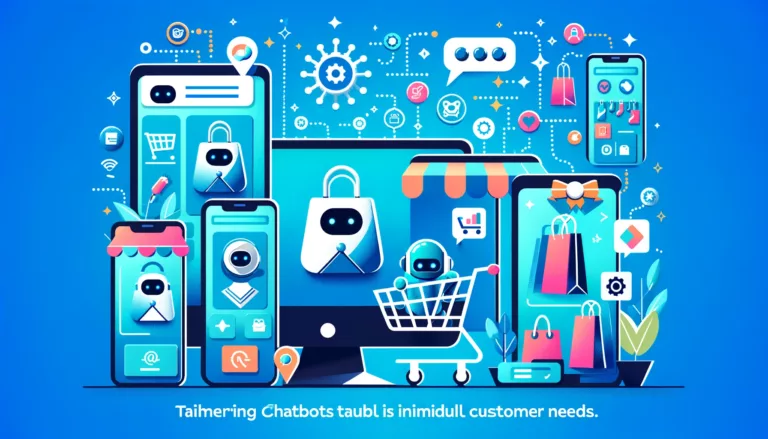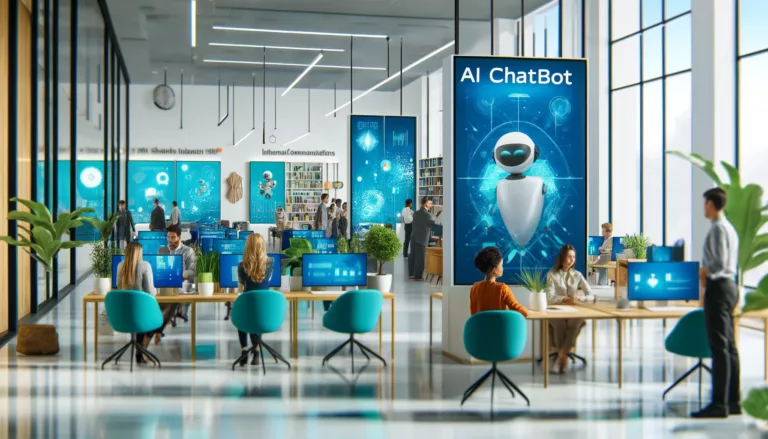Personalizing Customer Interactions with AI Chatbots
Personalization is key in today’s market landscape, where customers expect services tailored specifically to their needs and preferences. AI chatbots are at the forefront of this trend, offering personalized interactions that can significantly enhance customer experience and satisfaction. Here’s how chatbots are revolutionizing customer interactions through personalization.
Collecting and Analyzing Data
The first step in personalization is data collection. AI chatbots excel at gathering and analyzing customer data from interactions.
- Behavior Tracking: Chatbots can track user behaviors, such as purchase history and browsing patterns, to understand individual preferences.
- Feedback Analysis: They can also analyze feedback from users to continually refine and personalize the interaction process.
Tailoring Conversations
With the data collected, chatbots can tailor their conversations to the individual needs of each user.
- Dynamic Responses: Chatbots adjust their responses based on the context of the conversation and the user’s past interactions.
- User Preferences: They can remember user preferences and incorporate this information into future interactions, making each conversation more relevant and personal.
Enhancing User Experience
Personalized interactions significantly enhance the user experience, making customers feel valued and understood.
- Immediate Relevance: By providing information and options that are immediately relevant, chatbots can increase user engagement and satisfaction.
- Consistency: Personalization ensures that every interaction is consistent with previous ones, which builds trust and reliability in the service.
Supporting Sales and Marketing
Personalized chatbot interactions can also support sales and marketing efforts by making them more targeted and effective.
- Product Recommendations: Chatbots can suggest products or services that align with the user’s interests and past behavior, increasing the likelihood of a sale.
- Promotional Messaging: They can also deliver tailored promotional messages at optimal times based on the user’s engagement history, maximizing the impact of marketing campaigns.
Building Long-term Relationships
The ultimate goal of personalizing interactions is to build long-term relationships with customers.
- Customer Loyalty: Personalized experiences make customers more likely to return and engage with the brand again.
- Brand Advocacy: Satisfied customers are more likely to become brand advocates, sharing their positive experiences with others.
Personalization through AI chatbots not only enhances the immediate interaction but also plays a crucial role in building lasting customer relationships. By understanding and anticipating the needs of users, chatbots create a more engaging, satisfying, and ultimately more effective customer experience.
How do you personalize your interactions with customers?
Personalizing the customer experience with AI chatbots involves several steps:
Collecting and analyzing customer data, including behavior tracking and feedback analysis
Tailoring conversations through dynamic responses and remembering user preferences
Enhancing user experience by providing immediately relevant information
Supporting sales and marketing with personalized product recommendations and promotional messaging
Building long-term relationships by fostering customer loyalty and brand advocacy
What are personalised interactions?
Personalized interactions are ways to deliver personalized experiences that are tailored to individual customers’ needs, preferences, and behaviors. In the context of AI chatbots, this means adjusting responses, recommendations, and overall communication style based on the user’s history, preferences, and current context to create personalize the customer experience.
What is an example of personalized customer service?
An example of personalized customer service using AI chatbots could be:
A chatbot greets a returning customer by name and references their previous purchase. It then offers product recommendations based on their browsing history and past purchases. The chatbot adjusts its communication style to match the customer’s preferred level of formality and provides information in the customer’s preferred format (e.g., text, images, or video).
What is customer personalisation?
Customer personalization is the practice of tailoring products, services, and interactions to individual customers based on their data, preferences, and behaviors. It aims to create a personalized customer experience that feels unique and relevant to each individual. This can include personalized product recommendations, customized marketing messages, and tailored customer service interactions.
Additional Resources:
For information on joining the Forbes Technology Council: https://councils.forbes.com/qualify
Gartner’s survey on the importance of personalization: https://www.gartner.com/en/newsroom/press-releases/2019-03-11-gartner-survey-shows-brands-risk-losing-38-percent-of
VentureBeat article on AI-driven personalization: https://venturebeat.com/ai/92-of-businesses-use-ai-driven-personalization-but-consumer-confidence-is-divided/
These resources provide additional context on the importance of personalization in customer interactions and the widespread adoption of AI-driven personalization strategies by businesses.


